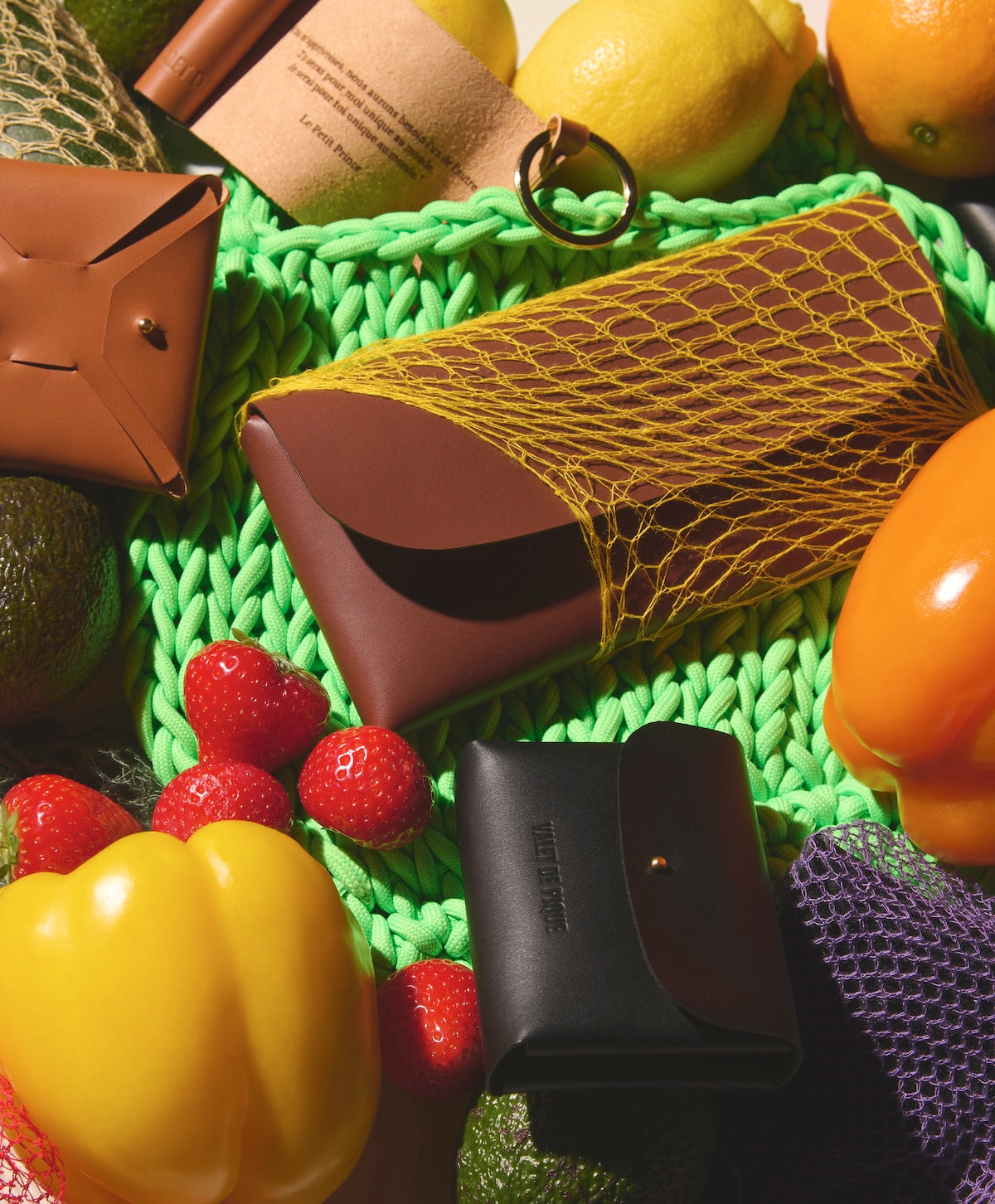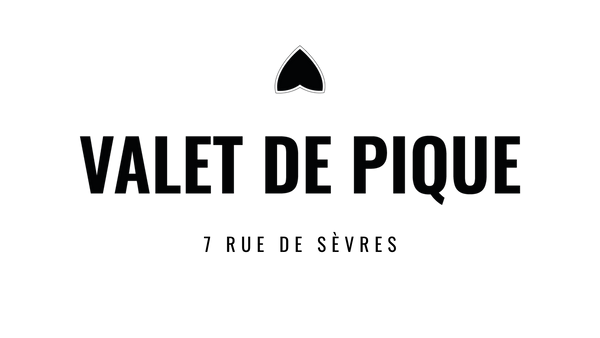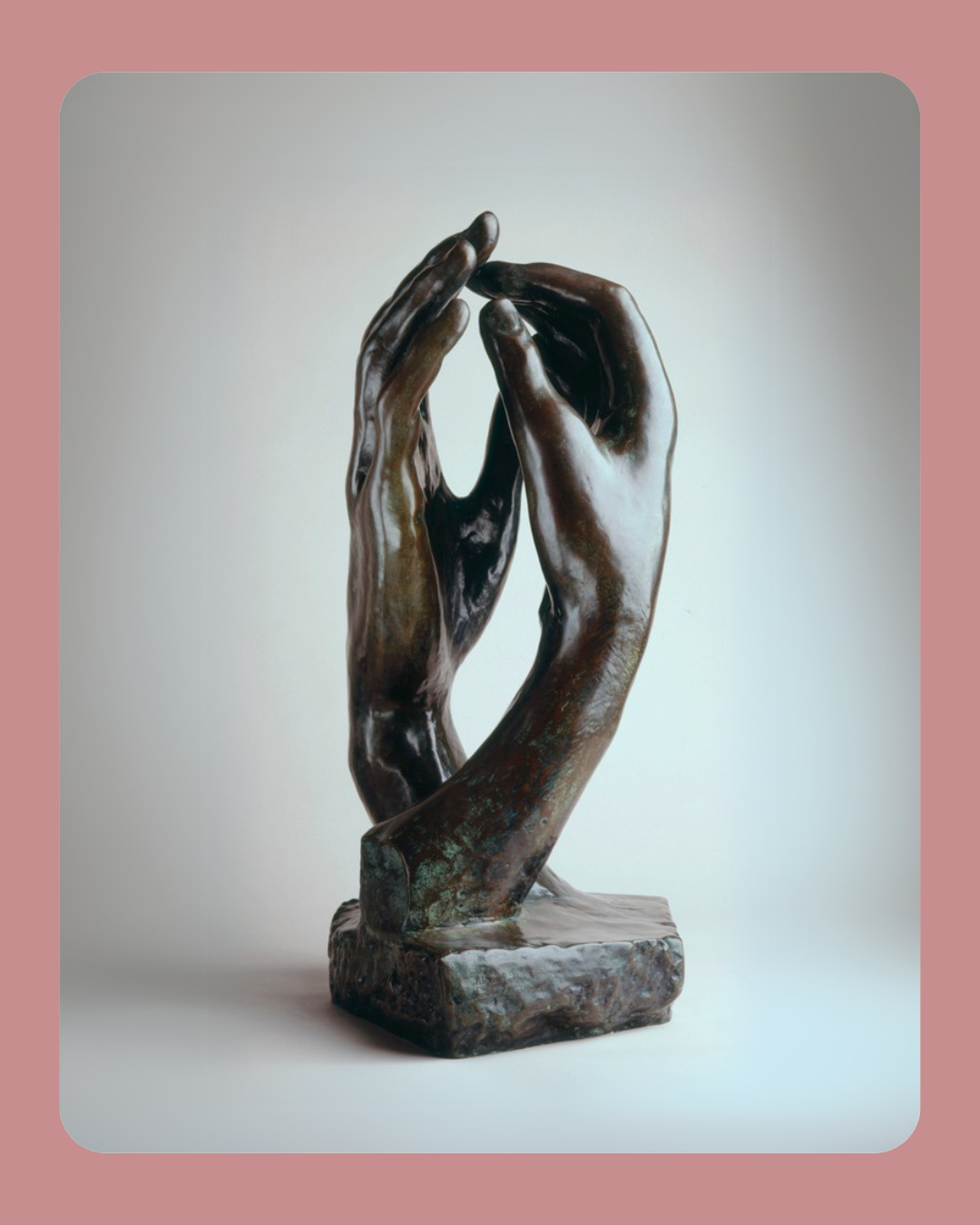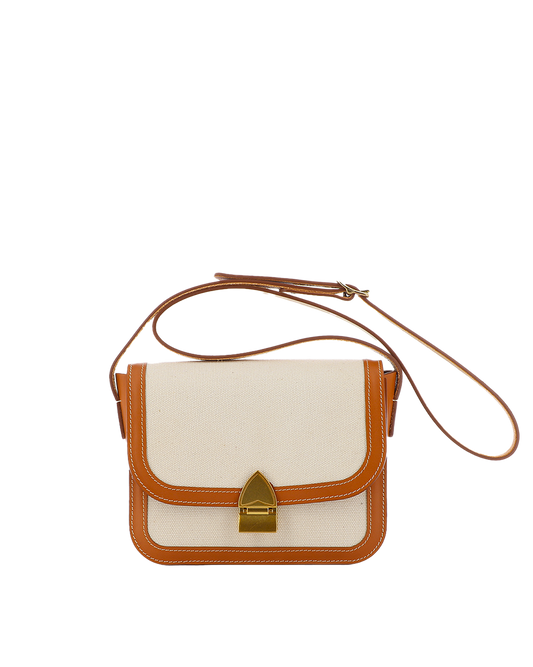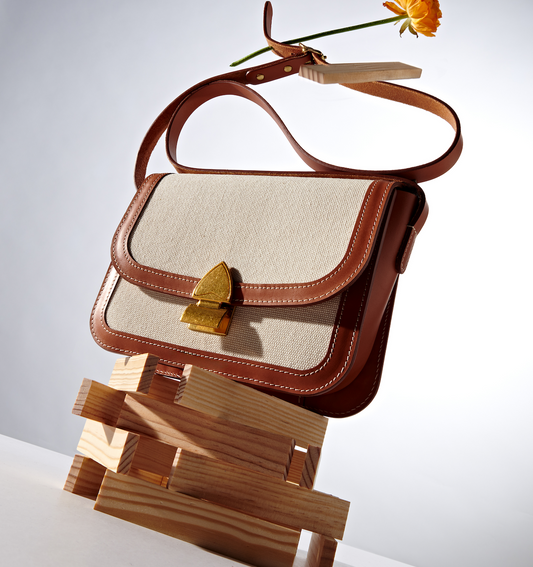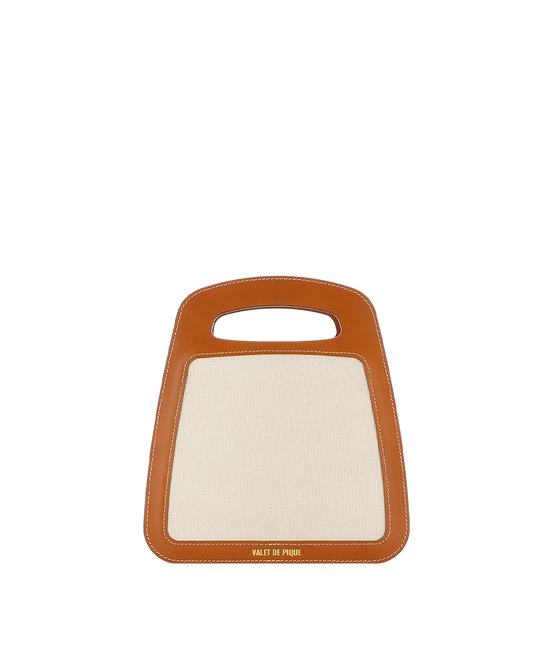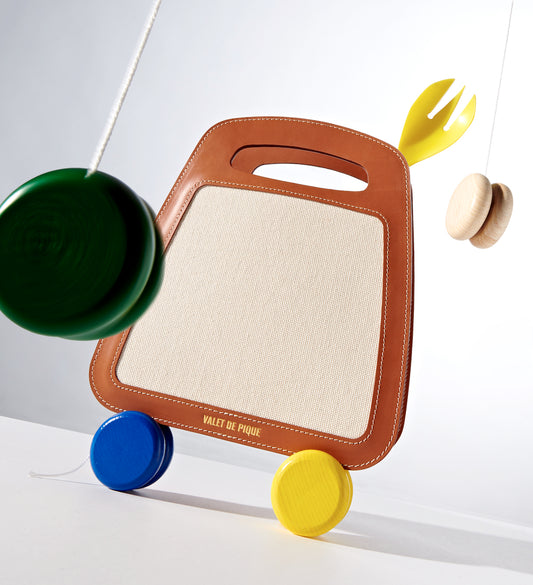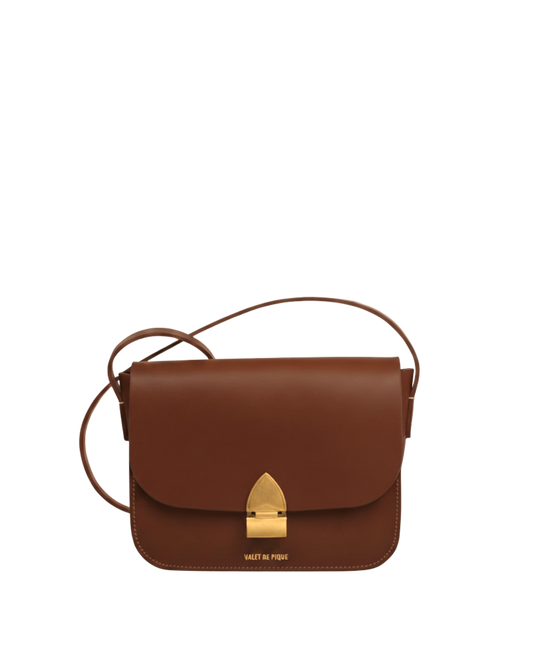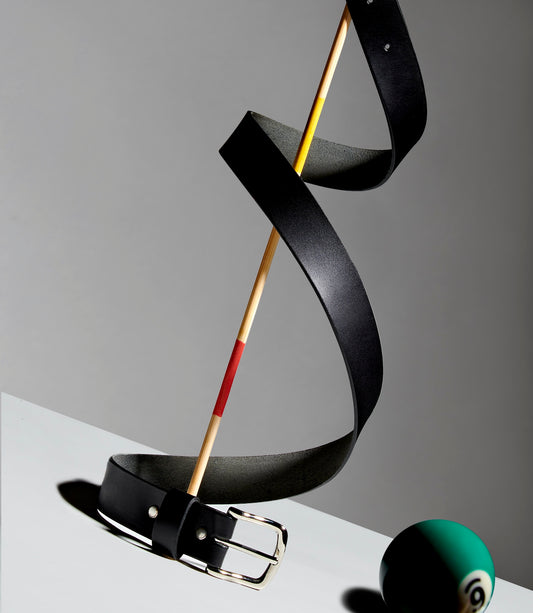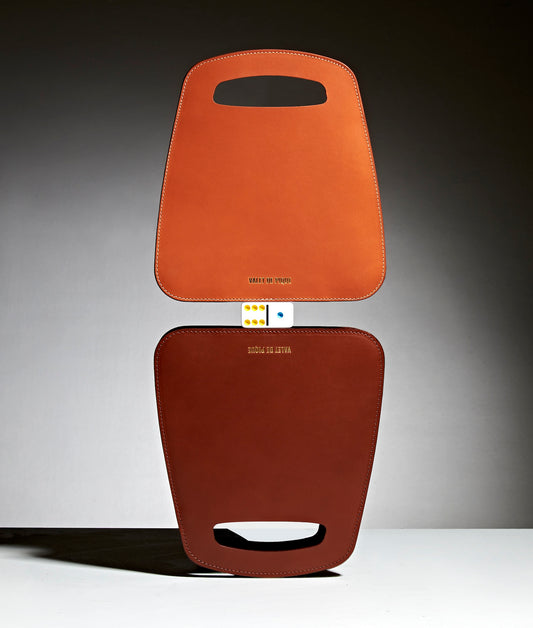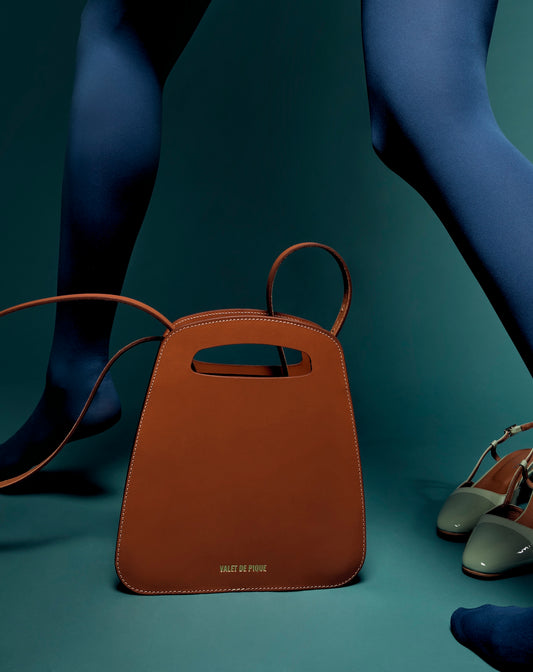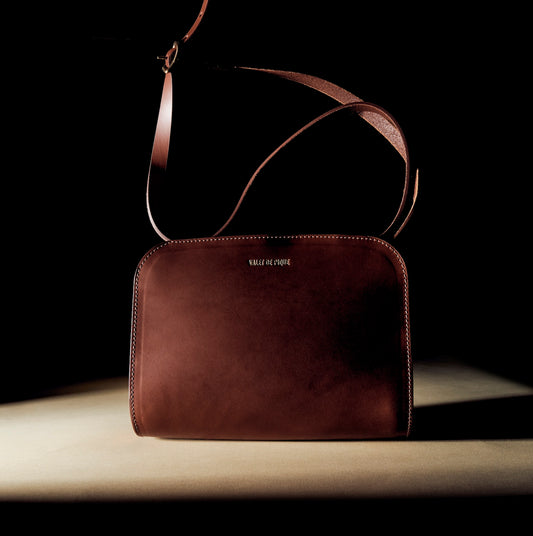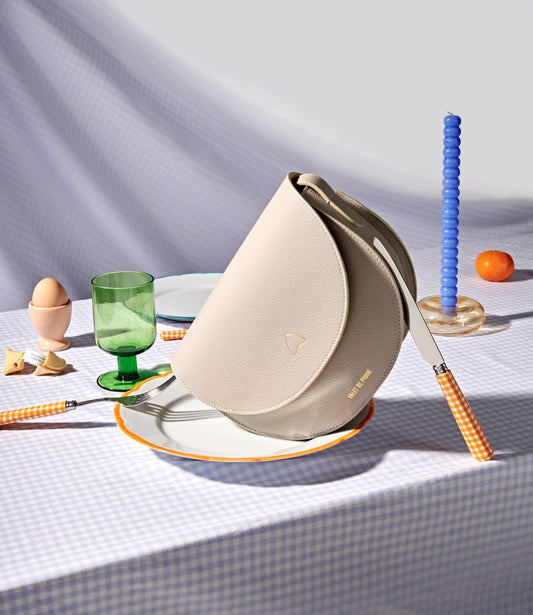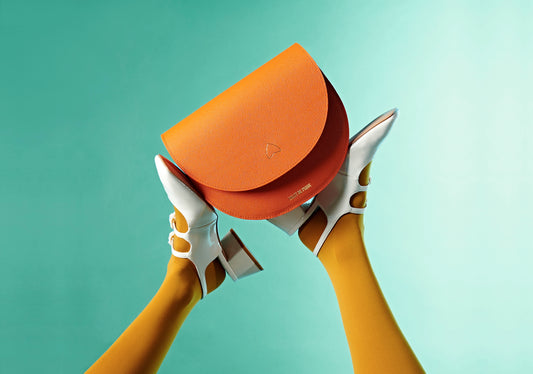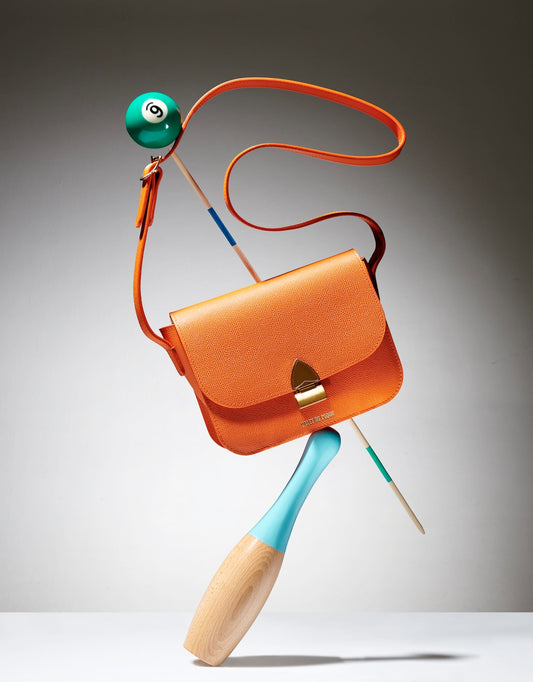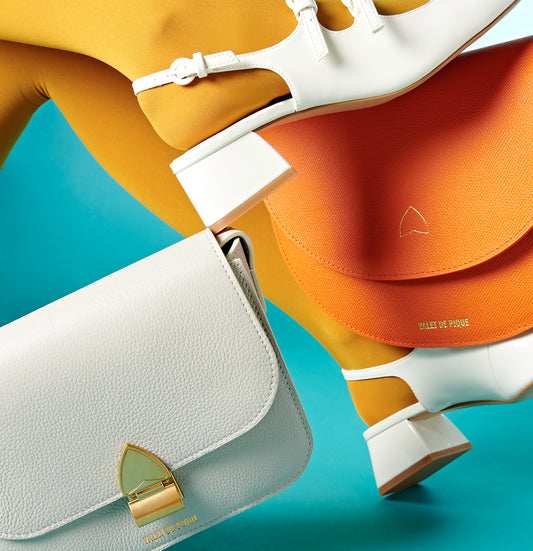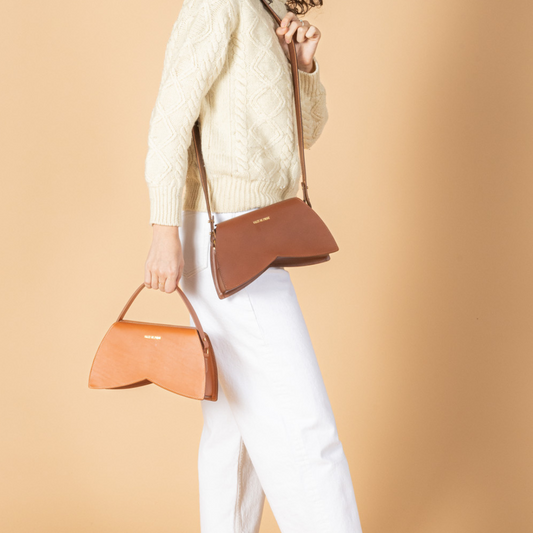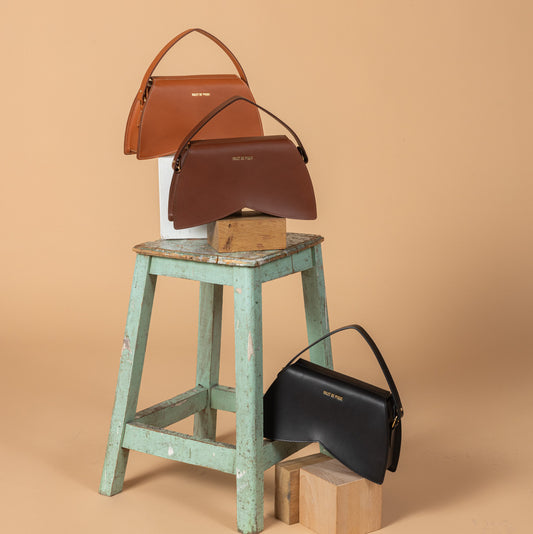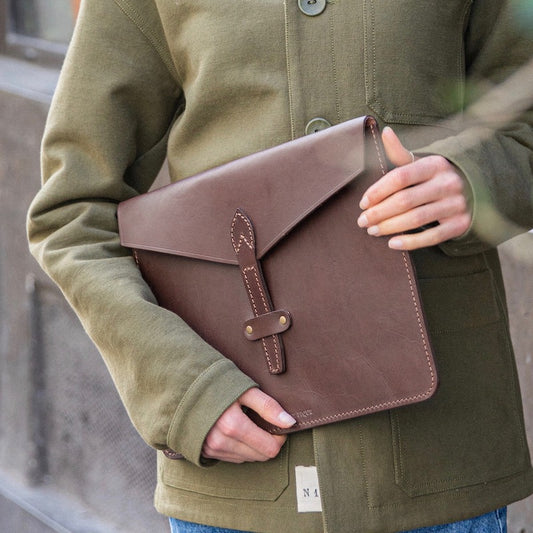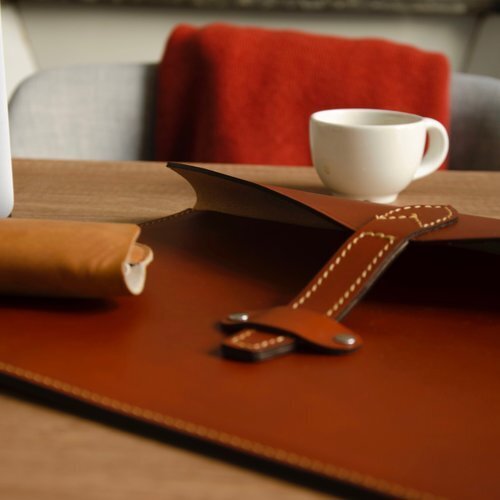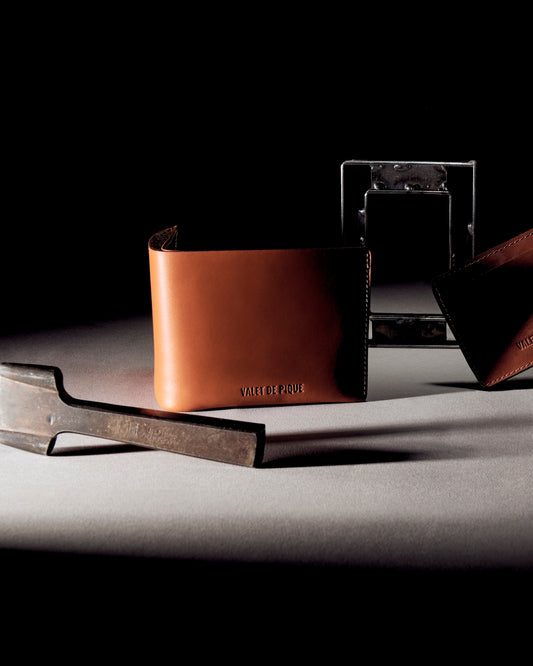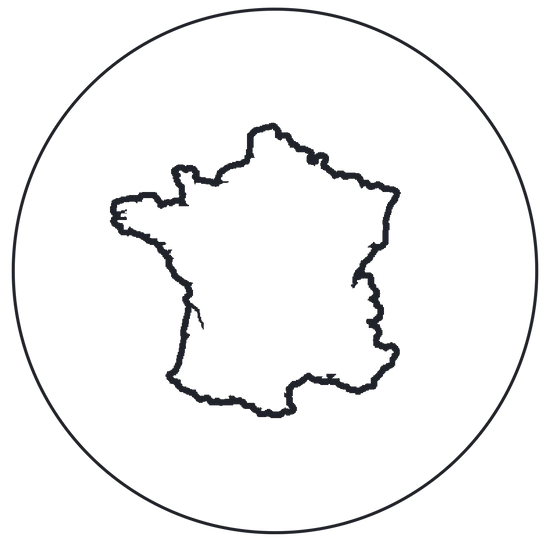In a world where the fashion industry is constantly accelerating, where product standardization is becoming the norm, some French brands are deliberately choosing to take the road less traveled. Valet de Pique, a French leather goods house founded in 2018, is part of this approach by cultivating an artisanal heritage that resonates strangely with the artistic approach of Auguste Rodin, the undisputed master of modern sculpture.
The Creator's Mark: Rodin and the Revelation of the Process
Auguste Rodin (1840-1917) overturned the artistic conventions of his time by daring to reveal what other sculptors tried to conceal: the traces of the creative process. On his bronzes and marbles, the marks of the chisel, fingerprints, and roughness of the material are not erased but enhanced, constituting a signature as powerful as the subject depicted.
This revolutionary approach reflects a profound philosophy: the work is not only its final result, but also the story of its creation. The traces Rodin left on his sculptures tell the story of a dialogue between the artist and the material, a physical and tangible exchange between creative intention and the resistance of the medium.

" Modeling is the soul of sculpture ," Rodin asserted. In his Parisian studios, he manipulated clay with a sensitivity some critics compared to that of a musician. His fingerprints remained visible in the final bronze, attesting to the craftsman's presence in the finished work.
Leatherwork as an art: the Jack of Spades approach
It is precisely this philosophy that can be found in the Valet de Pique workshop, nestled in the heart of Paris. Founded on the belief that each leather bag tells a story, this French leather goods house cultivates an approach where the trace of the human gesture is not erased but celebrated.
In Valet de Pique's creative space, artisans wield tools inherited from the past, perpetuating ancestral know-how. Like Rodin, who left the marks of his creative process visible, the house's leatherworkers make no attempt to conceal the subtle irregularities that distinguish a handmade product from a manufactured one.

" Every gesture of our artisans makes our pieces messengers of our childlike soul. We play the card of simplicity of materials, poetry of gesture, play of colors and the elegance of a better world ," explains Martin, founder of the brand.
The unfinished as an aesthetic signature
What deeply links Rodin's approach and that of The Jack of Spades is their shared appreciation for what art historians call the "unfinished"—that conscious decision to preserve certain raw aspects that reveal the process of making.
In Rodin's work, some of the marble could deliberately remain unpolished, revealing the stone's original nature. These areas contrasted with the perfectly finished surfaces, creating a visual tension that magnified the work. In his sculptures such as " Walking Man " and " The Burghers of Calais ," the roughness of certain surfaces is not a flaw but an artistic intention.
Likewise, a Valet de Pique handbag retains the subtle marks that testify to its artisanal craftsmanship. The natural grain of the leather is not standardized but enhanced, the stitching is meticulously crafted but retains the tiny variation inherent in handwork. This production philosophy is radically opposed to industrial standardization.

Matter as language
For Rodin, as for the artisans of Jack of Spades, the raw material is not a simple support but a language in itself.
Rodin explored the intrinsic qualities of bronze, marble, and terracotta, adapting his creative approach to the specificities of each medium. He did not seek to dominate the material but to engage in dialogue with it, exploiting its strengths and possibilities.
In Valet de Pique's French-made leather workshops, leather is treated with similar respect. Artisans carefully select hides for their unique character, natural patina, and aging potential. Each durable bag is designed to develop a personal patina over time, evolving with its owner like a living work of art.
" Leather tells a story, that of the animal from which it comes, that of the artisans who transformed it, and soon that of the person who will carry the bag ," explains one of the workshop's leatherworkers. This awareness of temporality inscribed in the material echoes Rodin's conception of sculpture as an art of time as much as of space.
Timelessness versus the ephemeral
In a fashion industry dominated by fleeting trends, Valet de Pique takes a radical stance, creating pieces designed to last and gain character over time. This philosophy echoes that of Rodin, who, going against the academic trends of his time, created works anchored in a different temporality.
The Bourbon collection , one of the house's most iconic collections, perfectly illustrates this approach. Its clean lines and minimalist design free themselves from stylistic fluctuations, while the exceptional quality of the materials guarantees longevity that defies the planned obsolescence of contemporary fashion.

This timeless dimension is reinforced by the attention to detail which, as with Rodin, reflects the creative process. The light patina of the leather, the fineness of the stitching, and the warmth of the natural tone of the raw materials create an aesthetic signature as distinctive as the fingerprints left by the sculptor on his bronzes.
The ethics of doing
Beyond aesthetic considerations, Rodin and the Jack of Spades share an ethic of making that places the hand and gesture at the center of creation.
" You have to play to become serious ," the house quotes Aristotle. This invitation to creative play recalls Rodin's constant experimentation, as he manipulated fragments and casts in his studio with a freedom similar to that of a child exploring new possibilities.

In a world dominated by anonymous industrial production, the promotion of artisanal gestures takes on an almost political dimension. Choosing a Valet de Pique artisanal bag also means supporting a certain vision of the economy where expertise, proximity, and sustainability take precedence over outsourced mass production.
Conclusion: the poetry of doing
" Play is the first poem of existence ," Sartre reminds us, as quoted by Jack of Spades in his brand philosophy. This celebration of playful creativity resonates particularly in an era where standardization threatens individuality.
By preserving the visible traces of the artisanal process, Jack of Spades, like Rodin before them, reminds us that true elegance perhaps lies in controlled imperfection rather than industrial perfection. Their respective creations bear the imprint of a human hand, a fragile and powerful testimony to a presence that transcends the object.
In a Jack of Spades handbag, as in a Rodin sculpture, beauty is born from this tension between artistic vision and the constraints of the material, between technical mastery and freedom of expression. It is in this dialectic that their common poetry resides, that of the gesture that transforms raw material into an object of desire.

When you wear a Valet de Pique bag, you are not simply wearing an accessory, but a fragment of a French artisanal history which, like a Rodin sculpture, carries within it the memory of the hands that shaped it and the promise of the years that will further enrich it.
Discover the entire Valet de Pique collection of handcrafted leather goods and let yourself be seduced by creations that combine timeless elegance and French know-how.
